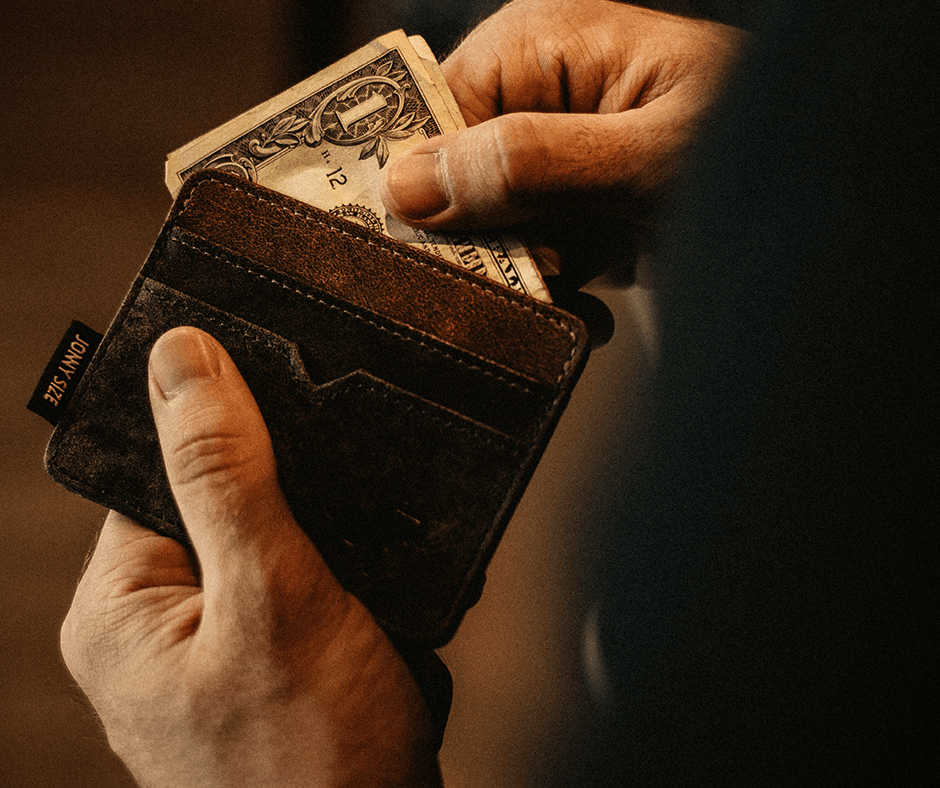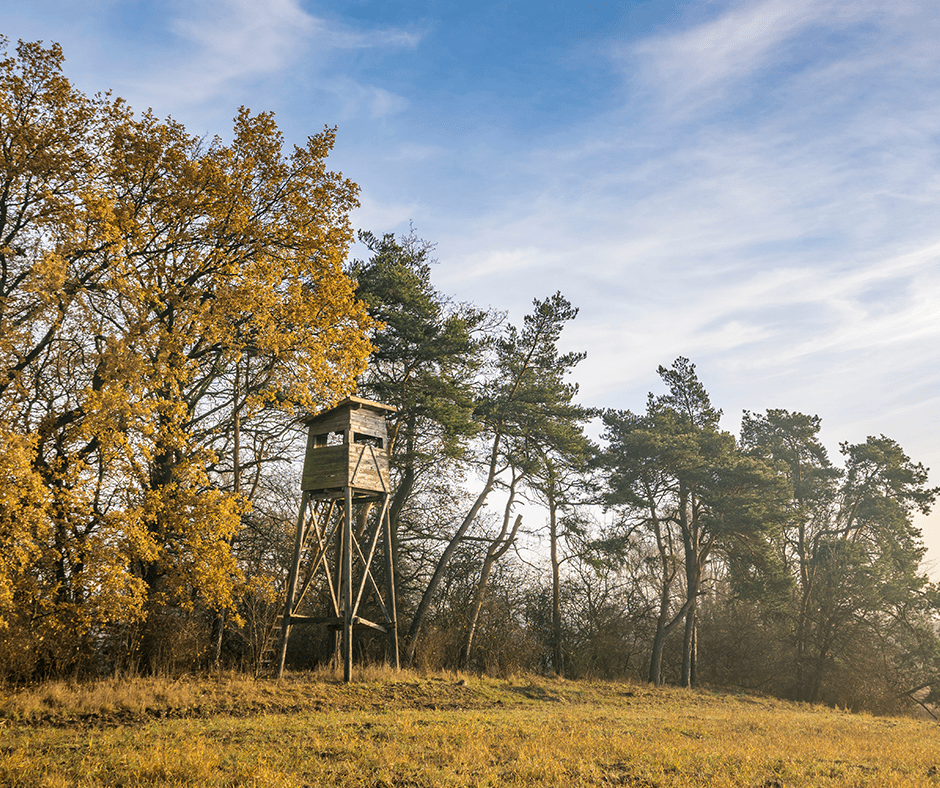It should be no surprise that hunters spend plenty of money annually on more than just their hunting tags and licenses. Hunters regularly update and replace their gear, buy new firearms, and stock up on ammunition to be practiced with and hunted with. All that money being spent helps keep our hunting industry thriving and also creates funds that help with conservation across the United States. But exactly how much do hunters spend?
While exact numbers for recent years are not available due to ongoing data collection, recent numbers show that between 2016 and 2020, hunters spent roughly $27 billion per year on hunting in general. With 15 million hunters, that is astounding! But where is all that money going?
There are many things that hunters spend money on over the course of a year, especially leading up to and during hunting seasons. Let’s take a deeper look into exactly how much and what hunters spend their money on annually.
Spending On Different Types of Hunting
In 2016, when there were roughly 11.5 million hunters in the United States, those hunters spent $26.2 billion on hunting. Hunters spend their hard-earned money on several different types of hunting. They include big game, small game, migratory birds, non-specific spending, and other animal spending. Each of these takes a piece of the pie when it comes to spending on hunting.
Unsurprisingly, big game’s spending accounted for 56.9% of all spending in 2016. The next largest piece of the pie comes from non-specific spending for hunting, meaning that money was spent on hunting, but it was not determined which kind of animal or type of hunting was being spent on. This accounted for 24.8% of spending.
The remaining 18.3% is divided between small game, migratory birds, and other animals. The biggest of the three is migratory bird spending at 8.8%. Small game includes hunting for upland animals such as rabbits, squirrels, pheasants, quail, grouse, and others. Other animals include raccoons, feral hogs, and other uncategorized animals across the United States.
For more information and breakdowns regarding data like this, please visit Hunting Revenue Statistics.
Breakdown of Hunting Spending
According to the Fish and Wildlife Organization and their 2018 edition of Hunting in America: An Economic Force for Conservation, hunters spent 27.1 billion dollars on hunting. This includes everything from gear and equipment to travel and food expenses. Let’s look at the most important areas of expenditure for hunting.
Firearms, Ammo, Archery Equipment
As some of the most expensive things to spend on outside of hunting licenses and tags, firearms, ammunition, and archery equipment top the list at $5.9 billion worth of expenses. This should come as no surprise, as hunters are always looking for equipment that will increase their chances of a successful harvest. Many hunters hunt more than one type of game, meaning more equipment and ammunition are needed for practice and hunting activities alike.
Travel and Trips
This might not seem like it accounts for much, but a lot more hunters are traveling to different areas of the country to hunt different species of animals. This means that traveling and lodging in relation to hunting is a big part of hunting expenditures. In 2016, it was $3.1 billion, to be exact. That includes lodging and food. Imagine if gas, mileage, and other auto-related expenses could be tracked and rolled into this category!
Clothing and Gear
When it comes to other clothing and gear needed for hunting outside of the things that actually put an animal on the ground, hunters spent $630 million in 2016. This can include camouflage clothing, boots, binoculars, tree stands, hunting blinds, and a long list of every other piece of hunting equipment, clothing, and gear that you could think of.
License and Tags
When it comes to legally hunting, responsible hunters are on top of making sure they have the correct licenses, tags, and permits that they need to hunt. In 2016, that meant spending $256 million on these things. These are probably the easiest hunting expenditures to track as they are sold through state agencies that track their purchases well.

The Averages
On average, the hunter spends about $2,363 annually in retail stores where this data can be tracked accurately. That is an astounding number, but it greatly impacts more than just the hunting community. These purchases and spending have far-reaching impacts beyond the hunting sector.
Economic Impact
The overall impact of spending on hunting reaches far beyond just the hunting community. Roughly 525,000 jobs are supported by hunting, which happens to be three times the amount that the oil and gas industry supports. Over $5.3 billion in federal taxes were collected from hunting purchases in 2016, and $3.4 billion was generated by hunters on a state level for state and local taxes.
The hunting industry helps provide funds for other programs that have nothing to do with hunting but are funded by hunting. These staggering tax revenues go well past hunting, but it is nice to know that hunting contributes to more than just the hunting community.
Conservation
The biggest area and the most direct impact that hunting expenses have on the hunting community is the battle for conserving our nation’s nature and wildlife. Thanks to the Pittman-Robertson Act, an imposed excise tax on the sale of firearms, ammunition, archery, and hunting equipment has helped raise more than $12 billion into the Wildlife Restoration Act Fund.
Hunting licenses, tags, and permits also allow states to generate money to preserve their state and local wildlife programs.
Hunters and fishers have an outstanding impact on the conservation of wildlife and game all across the country. So keep spending those hard-earned dollars on hunting equipment and know that a portion of it is going to a very good cause, and you can enjoy your purchase in the field.



Leave A Comment